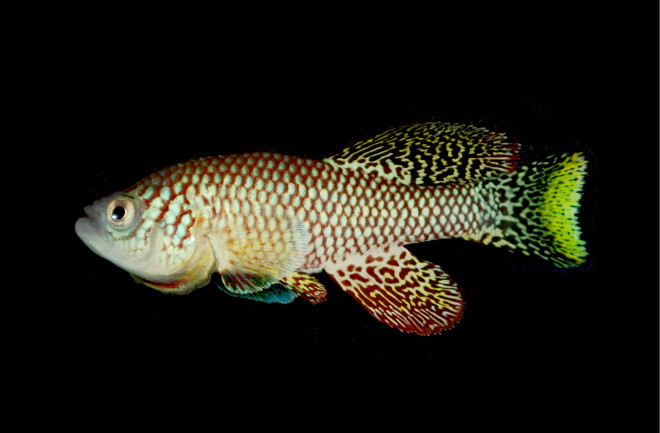- Web Desk
- 53 Minutes ago

Fasting: What happens when fish do it?
-

- Web Desk
- Dec 06, 2023

(DW podcast) In an episode of the DW podcast Science Unscripted, Conor Dillon and Gabriel Borrud discussed a study from the Max Planck Institute on Aging in Cologne, Germany, that investigates what happens when fish fast. Conor and Gabe spoke with the institute’s director, Adam Antebi.
Does fasting work? What does it actually do?
A lot of people are engaging in intermittent fasting or caloric restriction because it has health benefits. It seems to lower blood glucose and reduce cholesterol and reduce, in some cases, age-related disease. I think there are clear health benefits for many humans and model organisms as well, Adam Antebi said, adding “The question is, though, is it true at all ages and for all people?”
He said, “If you look at mice and you try to do diet restriction in older age, they don’t respond as well. They don’t get the benefits. And it’s not understood why. It’s also true even with humans.”
Governor house open for wedding photography, official confirms
So, basically, if I fast early in life, it’s going to influence me, usually with a positive effect. And later in life, either not at all or not as much. And with a fish you can do that over the course of eight months. “Later life” with the fish would be their sixth month or something?
A lot of people want to lose weight. Fasting or reducing calories or having intermittent fasting is a good way to lose weight. And so that’s beneficial. But if your goal is to preserve your muscle, this is really where the questions start to arise. And in a young person, they can probably maintain their muscle mass.
In older people, it becomes an issue, because one of the things about aging is you tend to lose muscle sarcopenia. And so fasting could have a detrimental effect. So, we really wanted to explore this in a rigorous way in these fish.
What happened with the fasting killifish?
It was quite a surprise, said Adam Antebi. “We expected that the young fish would perform better than the old fish. But what we saw was, when we fasted young fish, there were changes in genes that go up and down. When we looked at older animals, the number of genes that went up and down were much smaller. And we thought at first, well, maybe they just don’t respond to the fasting part. But what we found was that they don’t respond to the feeding part, and they seem to be stuck in this permanent fasting trap even though they’re ingesting food. They’re really anabolic resistant in many ways”.
President Alvi underscores importance of disability inclusivity
What happened with the fasting killifish?
Adam Antebi explained, “What we really want to understand is why does that happen and what is the mechanism”. Remarkably, what you see is that a young animal had a normal fasting feeding response. And in an old animal they also had a youthful fasting repeating response. And it looks perfect. They have much lower levels of inflammation. They don’t break down fat, they synthesize it. And most of all, their energy metabolism seems to be up.
“What we noticed is that this enzyme, this energy sensor is made of three subunits. One of them is called the gamma subunit. And what we saw was quite striking. The gamma one subunit was going up in the fed state. In young animals, gamma two subunit was going up in the fasted state. They were in this inverse relationship. And with aging gamma two is always up, the gamma one never comes on. We think that this fasting-feeding cycle is very important for the health. You must turn up gamma two during fasting and turn up gamma one during the feeding stage.
Won’t be a dictator if I become U.S. president again: Trump
Did the fish that fast live longer?
Yes! That’s the most amazing thing. This one amino acid change caused these fish to live about 10 percent to 20 percent longer. And it’s also not only that they live longer, but if you look in the different tissues of this fish, they look much more youthful.
What about humans?
Well genetically not the same, but maybe pharmacologically. That would be one of the goals. Adam Antebi said, “From what we can see in the data that we have looked at is that in humans, the gamma one, like in the killifish, goes down with aging”.
We did a very nice collaborative study with some of the geriatricians here at University of Cologne at the clinics. They’re looking at people and their frailty and ability to function in old age. We found that, if you look at the level of gamma one expression in those people, in the frailest individuals, the gamma one is the lowest. When gamma one is low, they’re the frailest. And when gamma one is higher, they’re the healthiest.
Moody’s lowers China’s credit rating outlook to “negative”
“We think it could be a biomarker for health and longevity in humans. That needs to be determined. And right now, we don’t know if there’s a causal effect. And there are a lot of questions that remain to be answered. But there might be human connection,” Adam Antebi said.




